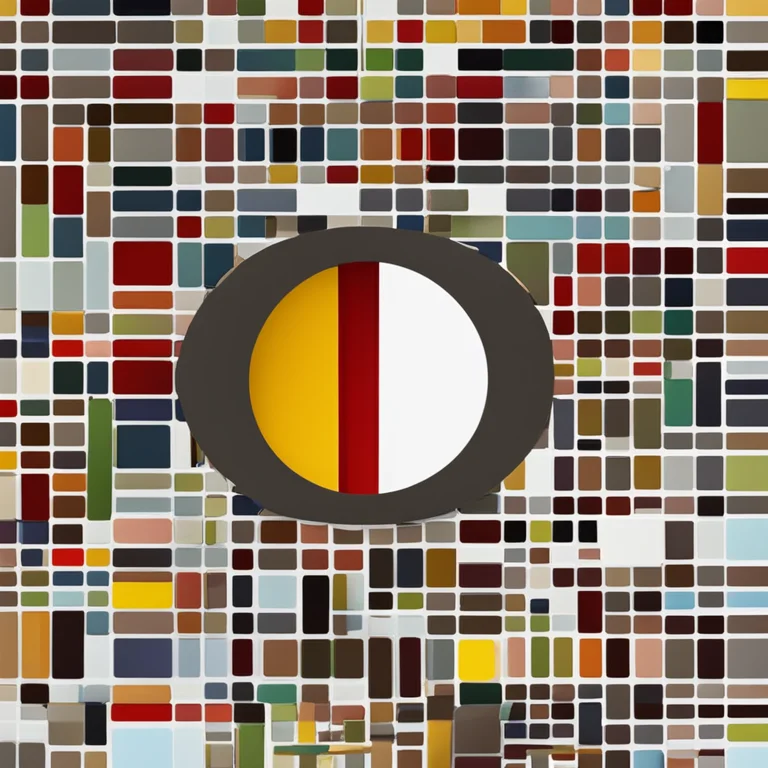
The Mystery of Our Unique Palm Lines
Explore the intrinsic reasons behind the distinct patterns of everyone's palm lines and the personal stories they might tell.
article by Nora Pennington
The Intricacy of Palm Lines
Every individual's palm lines are as unique as fingerprints, weaving a network of stories etched into the skin. These lines, scientifically known as palmar flexion creases, develop in the womb around the 12th week of gestation and are influenced by a host of factors. They provide flexibility and help the hand's skin to stretch and squeeze. While palmists believe these lines hold the secrets to one’s life path, personality, and future, science attributes their variations to genetics, movement, and environmental factors affecting growth.

Genetic Influence on Palmistry
Genetics play a pivotal role in determining our bodily features, and palm lines are no exception. They are part of our inherited traits, which explains why family members often have similar line patterns. However, the unpredictability of gene expression means that even identical twins can have dissimilar palm lines. Genetic diversity is crucial to our survival and leads to the distinctiveness of each person's palm line configurations.

Fetal Hand Movements
An infant's movements within the womb are also a contributing factor. As the fetus actively moves its hands, the skin on the palms develop creases where the hand naturally folds. These creases typically form in predictable patterns, but variations occur due to individual movements and developing pressure points. The result is a personal map of lines that continues to slightly adapt until the baby's first few months of life.

Environmental and Health Factors
The environment, both inside and outside the womb, has an influence on how our palm lines develop. Factors such as the mother's health, diet, and the environment she lives in can all indirectly affect the formation of her baby's palm lines. Postnatal factors such as illness, nutrition, and even the way a baby is handled and starts to use their hands can cause changes in the depth and definition of these lines.

Evolutionary Perspective
From an evolutionary perspective, palm lines may have developed as an adaptive feature to help our ancestors grip tools and perform fine motor tasks. Their individual variance could be nature's way of diversifying these attributes within the population, increasing our collective chances of survival through a range of abilities and tendencies.
Seers of Stories: Palmistry's View
To the student of palmistry, palm lines hold a symbolic meaning that goes beyond their biological function. Practitioners believe that each line, their intersections, and their depths unveil one's fortunes, potential challenges, and strengths. Whether or not one subscribes to these interpretations, the allure of palmistry lies in its acknowledgement of each person's uniqueness. By comparing palm lines across different people, practitioners continue a centuries-old tradition of storytelling through the lines of our hands.
The Future of Palm Line Studies
As we advance in science and understanding of genetics and developmental biology, we may uncover further complexities behind the formation of palm lines. Modern imaging techniques and genetic mapping could eventually provide definitive answers to why our palms carry these distinctive lines. This knowledge could enhance medical diagnostics and perhaps even furnish palmists with new insights into their art.
Published: 1/10/2024
Modified: 1/10/2024
More predictions
Come back here soon to learn more about yourself and your future


The Secrets of Hand Analysis
Delve into the intriguing world of palm reading and discover the hidden aspects of your personality through the lines and shapes in the palms of your hands.


Palm Reading Guide: Basics and Insights
Delve into the art of palmistry with this essential guide to reading palms, revealing secrets to personality and destiny through the lines on your hand.


Palmistry in Flux: The Nature of Palm Lines
Delve into the compelling world of palmistry and discover how your palm lines may change over time, reflecting personal growth and life shifts.